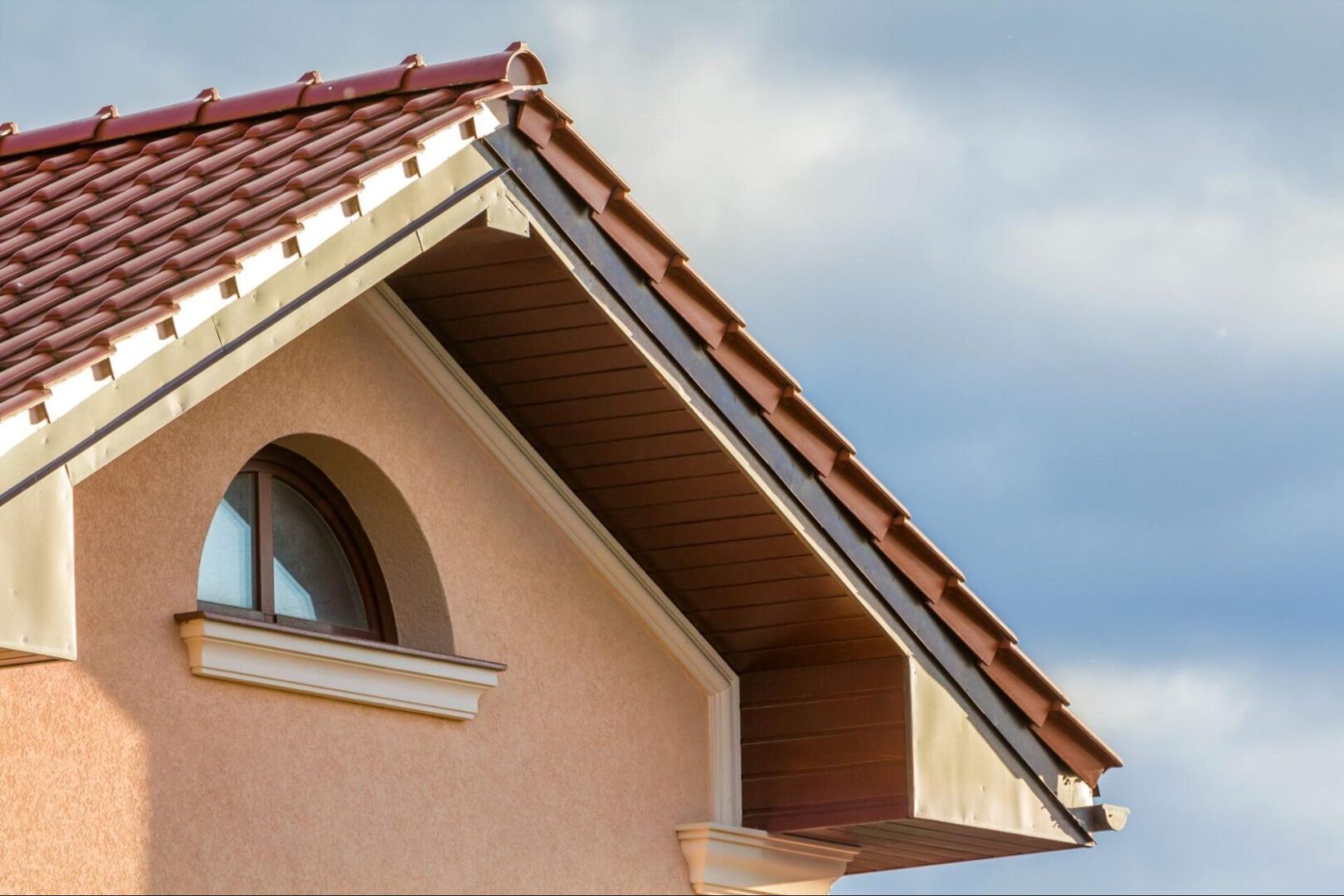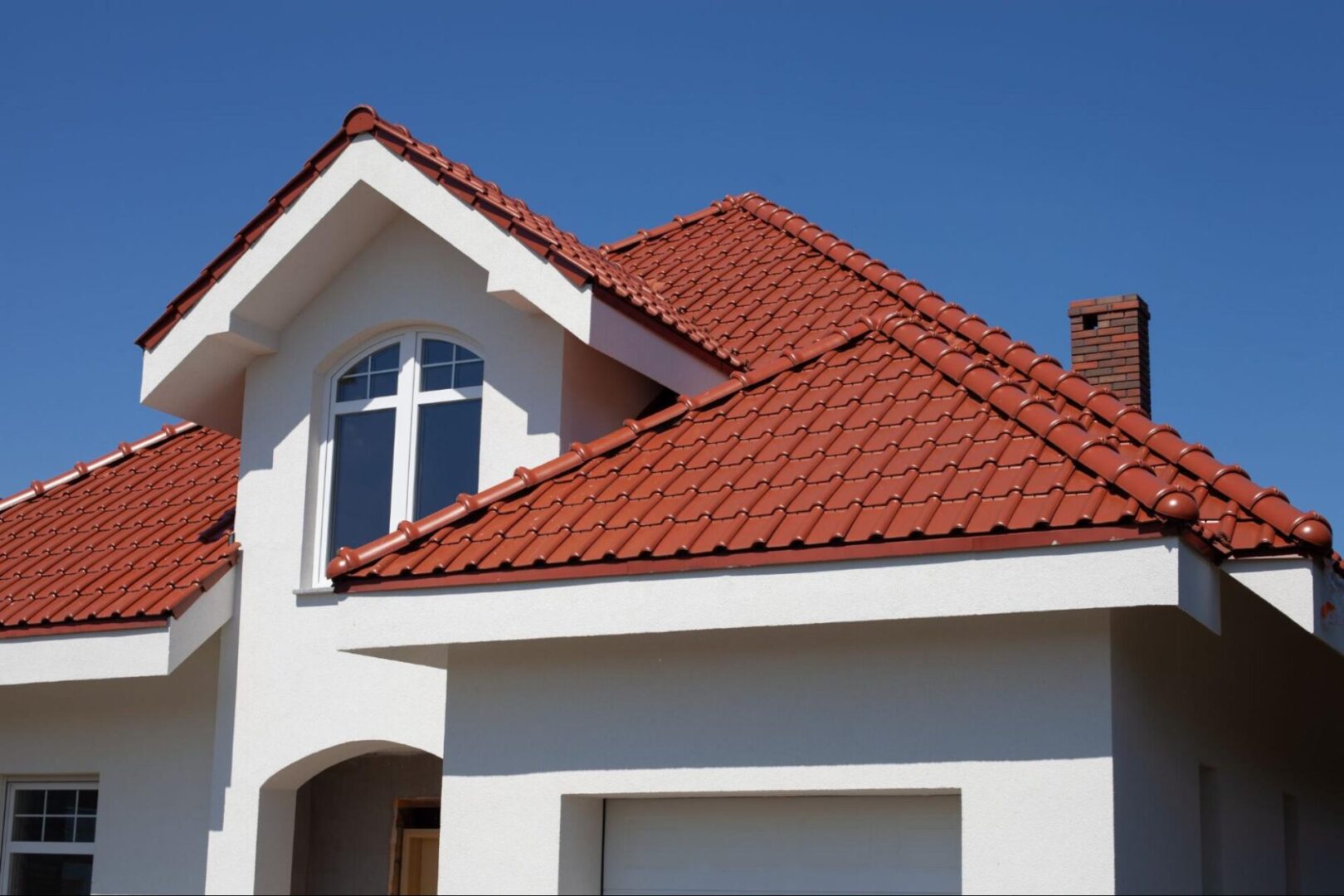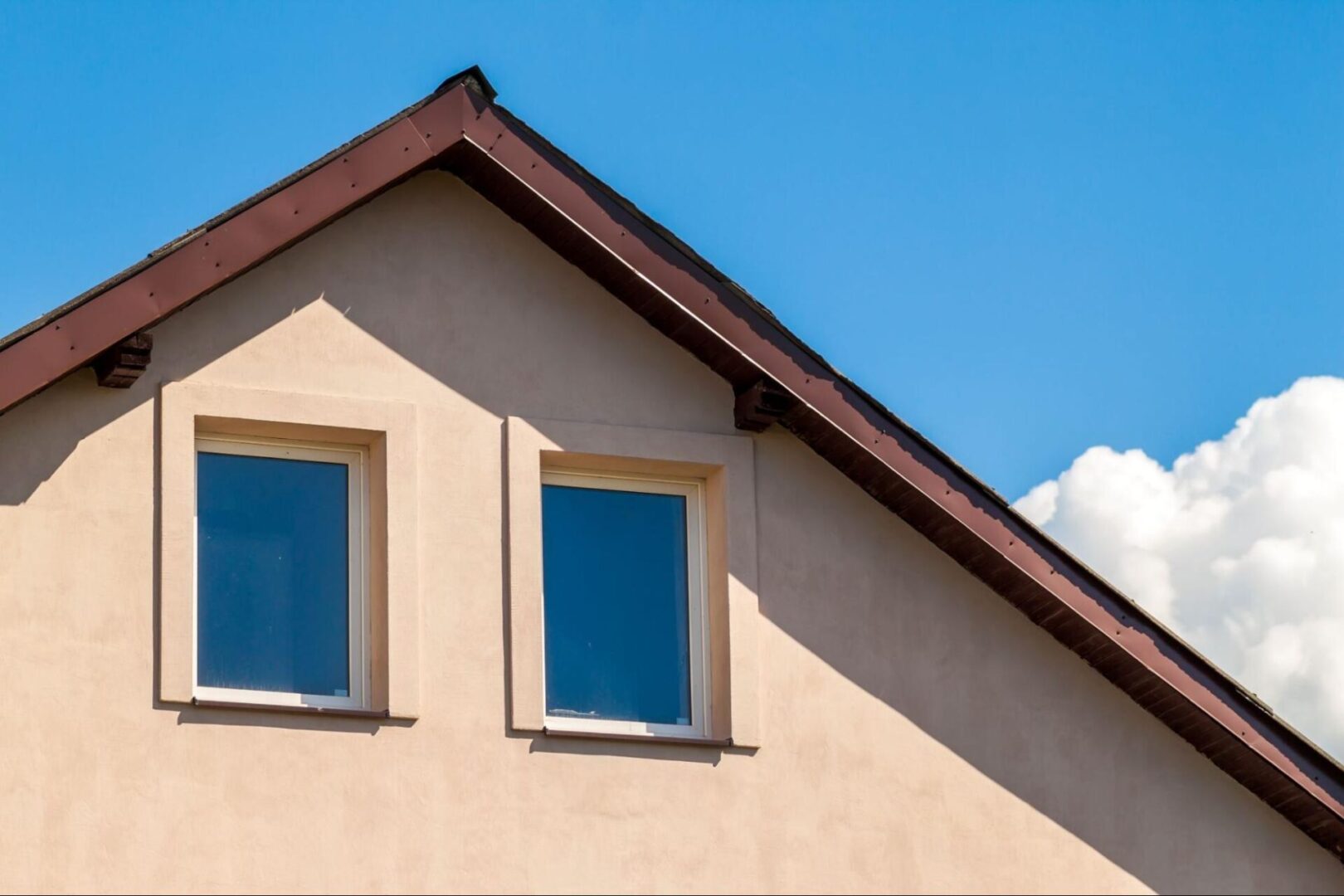
Every home deserves a roof that combines durability, efficiency, and style. Today’s roofing materials range from classic asphalt shingles to sophisticated metal or slate options, each offering distinct features. Choosing the right type requires careful consideration of climate, architectural style, and budget. Proper planning and support from roofing services make selecting roofs that enhance your home’s overall value and functionality possible.
Why Understanding the Different Types of Roofs Matters
The variety of roofing options available today offers homeowners endless possibilities. Each type of roof comes with distinct characteristics, from durability and energy efficiency to cost and maintenance needs. A deeper understanding of the available options ensures you select a roof that aligns with your home’s needs and withstands environmental challenges. Learning about different roofing materials and styles can help you avoid costly mistakes and make an informed investment that adds long-term value to your property.
Durability Varies Between Materials
Different roofing materials offer varying levels of durability, which impacts how long they can protect your home. Metal roofs and slate tiles often last 50 years or more, while asphalt shingles typically last between 20 and 30 years. Understanding each material’s lifespan helps you decide to minimize repair and replacement costs over time. A highly durable roof ensures your home remains secure against weather and wear.
Roof Design Affects Energy Efficiency
The type of roof you choose can significantly influence how efficiently your home uses energy. Reflective materials like metal or light-colored shingles deflect heat, keeping homes cooler in warmer climates. Other options, such as composite shingles or slate, offer insulation that retains heat during colder months. Learning which materials enhance energy efficiency can reduce utility bills and create a more comfortable living space.
Roof Style Impacts Visual Appeal
The roof is a key feature of your home’s exterior, playing a major role in its overall appearance. A slate roof creates an elegant, timeless look, while wood shingles bring a rustic charm to traditional homes. Modern designs pair well with sleek metal roofing, offering a contemporary aesthetic. Exploring various materials and styles ensures a cohesive design that enhances curb appeal and boosts your home’s value.
Budget Planning Requires Material Knowledge
Understanding the cost of different roofing materials allows you to plan a budget that meets your financial goals. Affordable options like asphalt shingles provide flexibility, while premium materials like slate or tile require a higher upfront investment. Comparing costs with benefits, such as longevity and maintenance, ensures your budget covers long-term savings. Knowledge about materials prevents unexpected expenses and helps you stay within your financial plan.
The Different Types of Roofs
A roof must complement your home’s design, withstand environmental factors, and fit within your budget. Knowing the available options and their features makes it easier to select the ideal roof that aligns with your specific needs. Some popular roofing options are suited to different styles and climates:
Asphalt Shingles
Asphalt shingles are one of the most widely used roofing materials due to their affordability and versatility. They are available in various colors and textures, making them suitable for different architectural styles. Asphalt shingles provide good durability and are relatively easy to install, making them a popular choice for residential homes. While they offer a lower lifespan than other materials, they are cost-effective and easy to replace.
Metal Roofs
Metal roofs are known for their durability and resistance to extreme weather conditions. They are lightweight, environmentally friendly, and available in various styles that mimic wood, slate, or tile. Metal roofing offers excellent energy efficiency by reflecting heat, making it ideal for warmer climates. Although the initial cost can be higher, their longevity and minimal maintenance requirements make them a worthwhile investment.
Slate Roofs
Slate roofs are renowned for their timeless beauty and incredible durability, often lasting over a century with proper care. They offer a sophisticated appearance that enhances the value of any property, mainly traditional or upscale homes. Slate is fire-resistant and can withstand harsh weather, making it a practical and stylish choice. However, the material is heavy and requires professional installation, which can increase the overall cost.
Tile Roofs
Tile roofs are a classic option, often seen in Mediterranean or Spanish-style homes, providing a distinctive and elegant look. Made from clay or concrete, tiles are highly durable and resistant to fire, rot, and insect damage. Their heavy weight ensures stability but may require additional structural support during installation. Tile roofs also offer excellent thermal insulation, helping maintain a comfortable indoor temperature year-round.

Wood Shingles and Shakes
Wood shingles and shakes add natural charm and rustic appeal to traditional and cottage-style homes. They are typically made from cedar, redwood, or other durable woods, offering good insulation properties. Hand-split shakes have a rougher texture, while shingles are machine-cut for a more uniform appearance. Regular maintenance is required to prevent rot and insect damage, but their aesthetic appeal makes them a popular choice for many homeowners.
Flat Roofs
Flat roofs are commonly used in modern or minimalist designs, providing a sleek and streamlined appearance. They are typically constructed using rubber, PVC, or modified bitumen, offering cost-effective installation and maintenance. Flat roofs are often used for outdoor spaces like rooftop gardens or patios, adding functionality to the design. While they require regular maintenance to prevent water pooling, they are an excellent option for contemporary homes.
Green Roofs
Green or living roofs incorporate vegetation layers that provide insulation and improve air quality. They are eco-friendly, helping reduce the heat island effect in urban areas and lowering energy costs. Green roofs also manage rainwater runoff efficiently, contributing to better drainage systems. While the upfront cost and maintenance may be higher, their environmental and aesthetic benefits make them a growing trend in sustainable home design.
Tips for Choosing the Best Types of Roofs for Your Home
Selecting the perfect roof involves more than choosing a material that looks good. The right roof should align with your home’s architecture, stand up to local weather, and fit within your budget. Each material and design offers unique features, so understanding how these elements impact functionality and style is essential. Carefully weighing these factors ensures a decision that protects your home while enhancing its value:
Match the Roof to Your Climate
Climate significantly impacts how well a roof performs and lasts over time. Metal roofs or light-colored shingles reflect heat in hot regions, keeping your home cooler. In heavy rain or snow, steep-sloped roofs made from durable materials like slate or metal prevent water buildup and structural damage. Wind-prone locations benefit from materials like metal or reinforced asphalt shingles, which effectively resist high winds. Considering the climate helps make informed decisions in choosing the right type of roof that can withstand the local environmental conditions, avoiding frequent repairs.
Learn About the Types of Roofs Available
Exploring the various types of roofs enables you to make an informed decision suited to your home’s needs. Asphalt shingles are versatile and affordable, making them popular for many homeowners. Metal roofs are known for their exceptional durability, especially in areas with extreme weather conditions, while slate and tile roofs provide elegance and long-term reliability. Wood shingles add a rustic charm but may require more maintenance than other materials. Learning each roofing type’s features, costs, and suitability ensures you choose the best fit for your home.
Evaluate the Longevity of Roofing Materials
Not all materials last the same, so it’s important to consider durability when choosing a roof. Metal roofs and slate tiles can last over 50 years, making them excellent for long-term investments. Asphalt shingles are popular due to their affordability, but they may need replacement every 20 to 30 years. While visually appealing, wood shingles require regular maintenance to maintain their lifespan. Selecting a material based on its durability reduces maintenance costs and provides lasting protection for your home.
Factor in Energy Efficiency Features
Energy-efficient roofing materials can improve indoor comfort and reduce yearly utility bills. Metal roofs with reflective coatings or light-colored asphalt shingles deflect sunlight, keeping your home cooler during summer. Slate and composite shingles offer excellent insulation for colder regions, helping retain heat in winter. Proper insulation combined with energy-efficient materials enhances the roof’s performance. Choosing materials that regulate indoor temperature makes your home more sustainable and cost-effective.
Align Roof Style With Architectural Design
The roof is one of the most noticeable features of your home, so it should complement the architectural design. Traditional homes look stunning with wood shingles or clay tiles, while contemporary houses benefit from sleek metal roofs or flat designs. The color of the roofing material should match the exterior walls and surroundings for a cohesive appearance. A well-matched roof improves the home’s aesthetic appeal and market value. Considering design compatibility ensures a visually pleasing and harmonious result.
Plan for Cost and Maintenance
Roofing expenses go beyond material costs, including installation and long-term maintenance. Affordable options like asphalt shingles are easy to install and maintain, while premium materials like slate or tile require skilled labor and higher upkeep. Understanding installation costs and ongoing maintenance ensures a budget covering all roofing projects. Planning for the long-term expenses of the chosen material helps avoid surprises and provides a cost-effective investment.
Consider Professional Installation Services
Proper roof installation significantly impacts the durability and functionality of your roof. When replacing a roof, hiring professional roofing contractors ensures materials are installed securely and correctly, reducing the risk of future leaks or structural issues. Experienced installers understand the specific requirements of different roofing systems, maximizing their performance and longevity. Investing in skilled professionals not only enhances the lifespan of your new roof but also minimizes the need for early repairs.
Explore Sustainable Roofing Options
Sustainability has become a priority for many homeowners, and roofing is no exception. Recyclable materials like metal roofs and innovative options like solar roofing panels offer environmentally friendly solutions. Green roofing systems with vegetation layers improve air quality, provide insulation, and create a natural aesthetic. Selecting sustainable roofing materials reduces your carbon footprint and adds modern, eco-conscious features to your home. Making sustainability a consideration can lead to more innovative long-term investments.
Plan for Additional Features and Customizations
Roof customizations such as skylights, ventilation systems, and solar panels enhance functionality and comfort. Skylights bring in natural light, creating a brighter and more inviting interior. Proper ventilation prevents moisture buildup and extends the lifespan of the roofing material. Solar panels generate renewable energy, lowering electricity bills while promoting sustainability. Including these custom features during the initial design phase ensures a roof tailored to your needs and lifestyle.

Investing in the Right Roof for a Long-Lasting Home
A well-chosen roof protects your home, enhances its appearance, and boosts energy efficiency while offering long-term savings. Exploring various materials’ features, durability, and suitability ensures you make the best decision for your property. Options like sleek metal roofs, timeless slate, or energy-efficient green roofs can align perfectly with your home’s climate, style, and budget. Careful planning and collaboration with trusted professionals help you select a roof that delivers lasting value and elevates functionality and aesthetic appeal.
Visit our Minnesota’s 1st Choice Replacement Windows and Doors blog for trusted advice, detailed guides, and the latest trends, helping you make informed decisions about your home.

